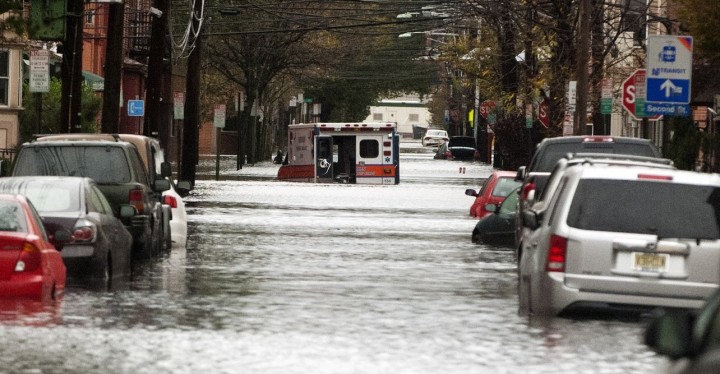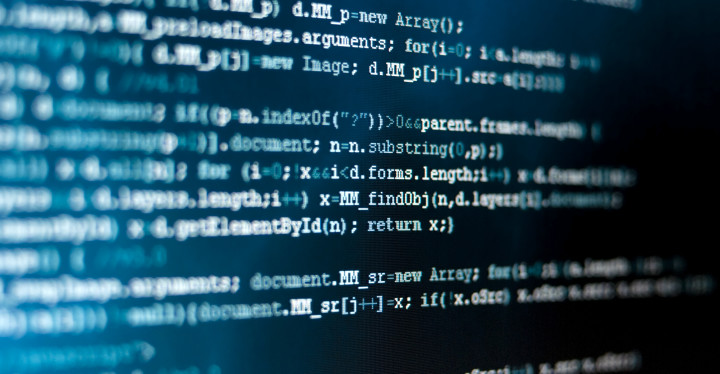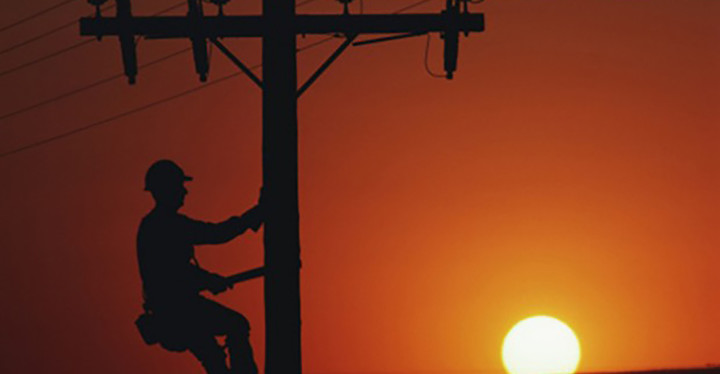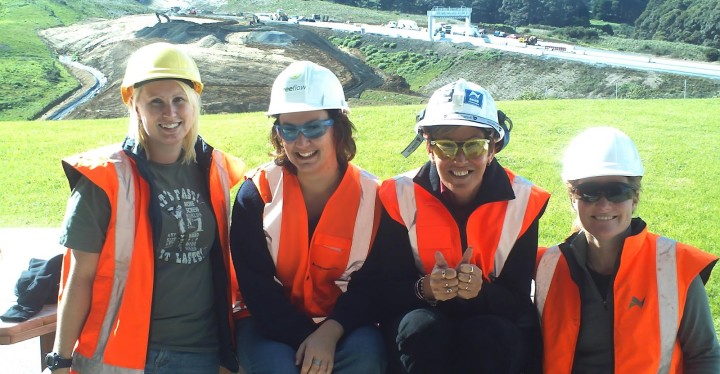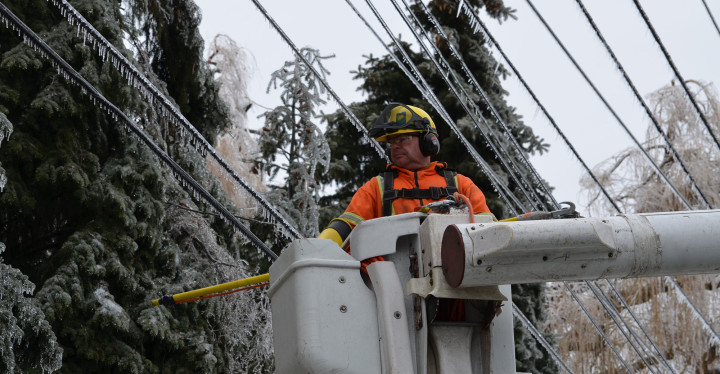November 2015 | Volume 5, Issue 1 | National Electrical Safety Code® (NESC) Standard |
The Standard Response – Disaster Recovery
What do VRRP, FEMA ICS-400, and IEEE 379-2014 have in common? They are all standards designed to mitigate some kind of emergency/failover situation.
Featured Articles
Featured Videos: NESC Summit

Letter from the Editor
Safety First!
A Closer Look at National Electrical Safety Code® (NESC) Standard and Dealing With Disaster Recovery
We are back after a long break. No, we were not goofing off on a long summer break; to the contrary, we have been quite busy with the preparation for launching the Standards University. Hence the new look for Standards eZine, and the new home where you will find us in the company of some great resources. With all that is new, we also have a new member on our team, Ms. Tara Gallus. Tara has been immense help in bringing this issue together. I'm sure you will see the stamp of her personal touch in every article of this issue. For now, let me leave you at that because we have put together this issue with some really informative articles that everyone should read. Did you know that National Electrical Safety Code (NESC) is more than 100 years old and is adopted not just in US but in more than 100 countries around the world? That it applies across the electrical industry from power generation to reaching the distribution point outside your home, office or factory? That it also applies to communication systems such as telephone, cable and even railroad signal systems and associated equipment? I did not know any of this information. I also learned (but not surprised) that IEEE has been the secretariat for NESC for 43 years, and the code is continuously revised to deal with all the advances in the technology as it relates to electrical power. Mike Hyland from NESC brings us quite an informative background on NESC in his article, and explains the importance of NESC in safety regulations and the roadmap for its future. (more…)Standards Education Student Application Papers
Student application papers applying industry standards are papers submitted by students, or their faculty mentors on their behalf, in which an industry technical standard(s) was applied (analyzed and implemented). Each paper highlights specific design choices in the application of various technical standards and describes the resulting product, process, or service.
Click on the title to view the full paper.
- Design and Development of a Synchrophasor Measurements Unit as per IEEE Standard C37.118.1-2011 by Saeed Hassan Khan, Member, IEEE, Saba Imtiaz, Hafsa Mustafa, Anabia Aijaz, Dr. M. A. Memon
Funny Pages: Lukewarm
 This cartoon appears in the book "Ten Commandments of Effective Standards" by Karen Bartleson. Reproduced with permission from Rick Jamison. © Rick Jamison.
This cartoon appears in the book "Ten Commandments of Effective Standards" by Karen Bartleson. Reproduced with permission from Rick Jamison. © Rick Jamison.
Call for IEEE Standards Education eZine Contributions
The IEEE Standards Education eZine Editorial Board invites contributions from industry practitioners, educators and students on topics related to education about technical standards.
Interested parties may submit an inquiry or article abstract for consideration to the Editorial Board at any time throughout the year via email to: ezine-eb@listserv.ieee.org.
Abstracts should be no longer than 500 words and final articles should be no more than 2,000 words.
Particular areas of interest include, but are not limited to:
- impact and development of standards in various regions of the world;
- best practices and ideas for incorporating standards into the classroom and curricula;
- NESC or comparable standards related to safety in your country;
- intersection of Cybersecurity and the Internet of Things which will be the focus of the next eZine issue to be published in early 2016 (contributions for this issue will be due in early January 2016).

